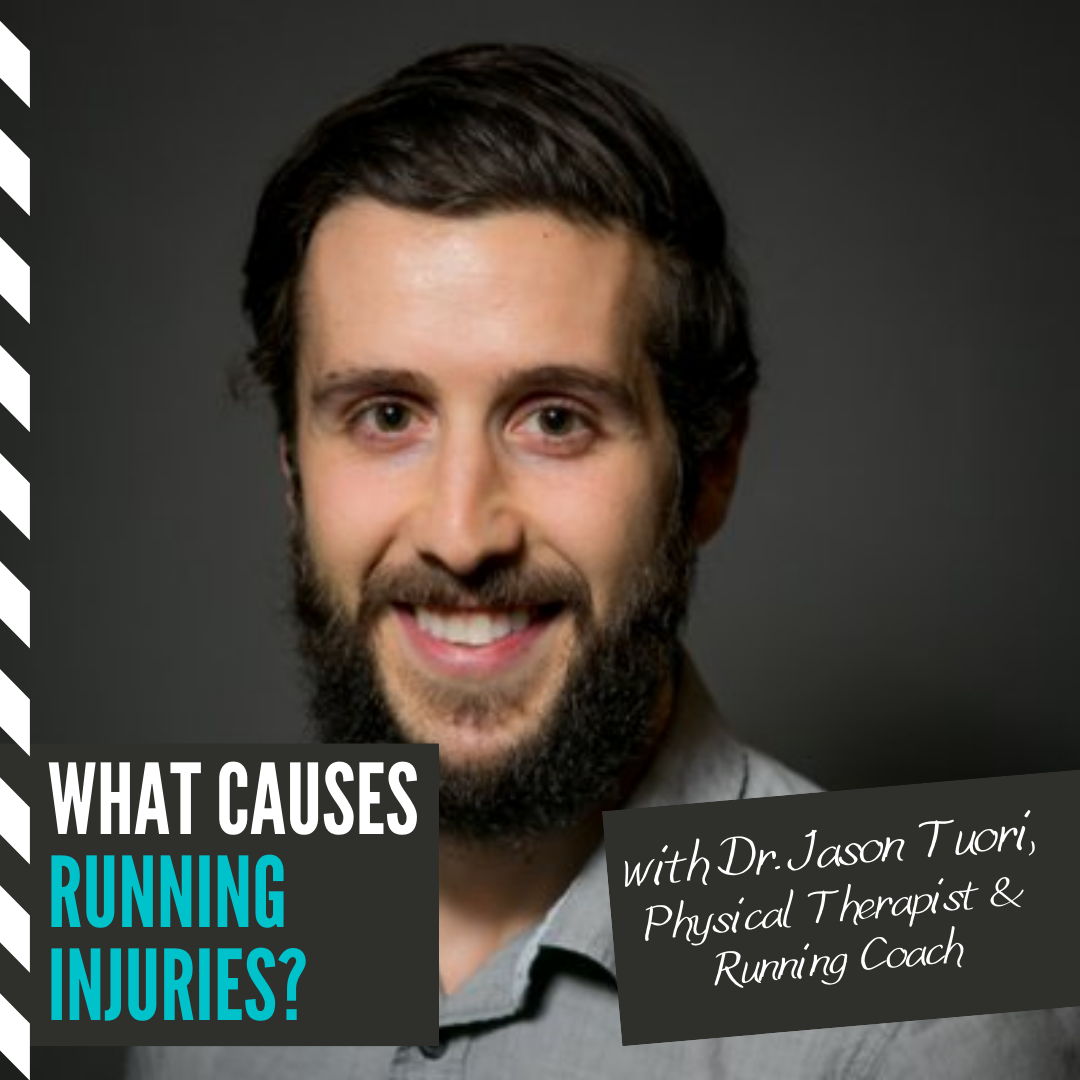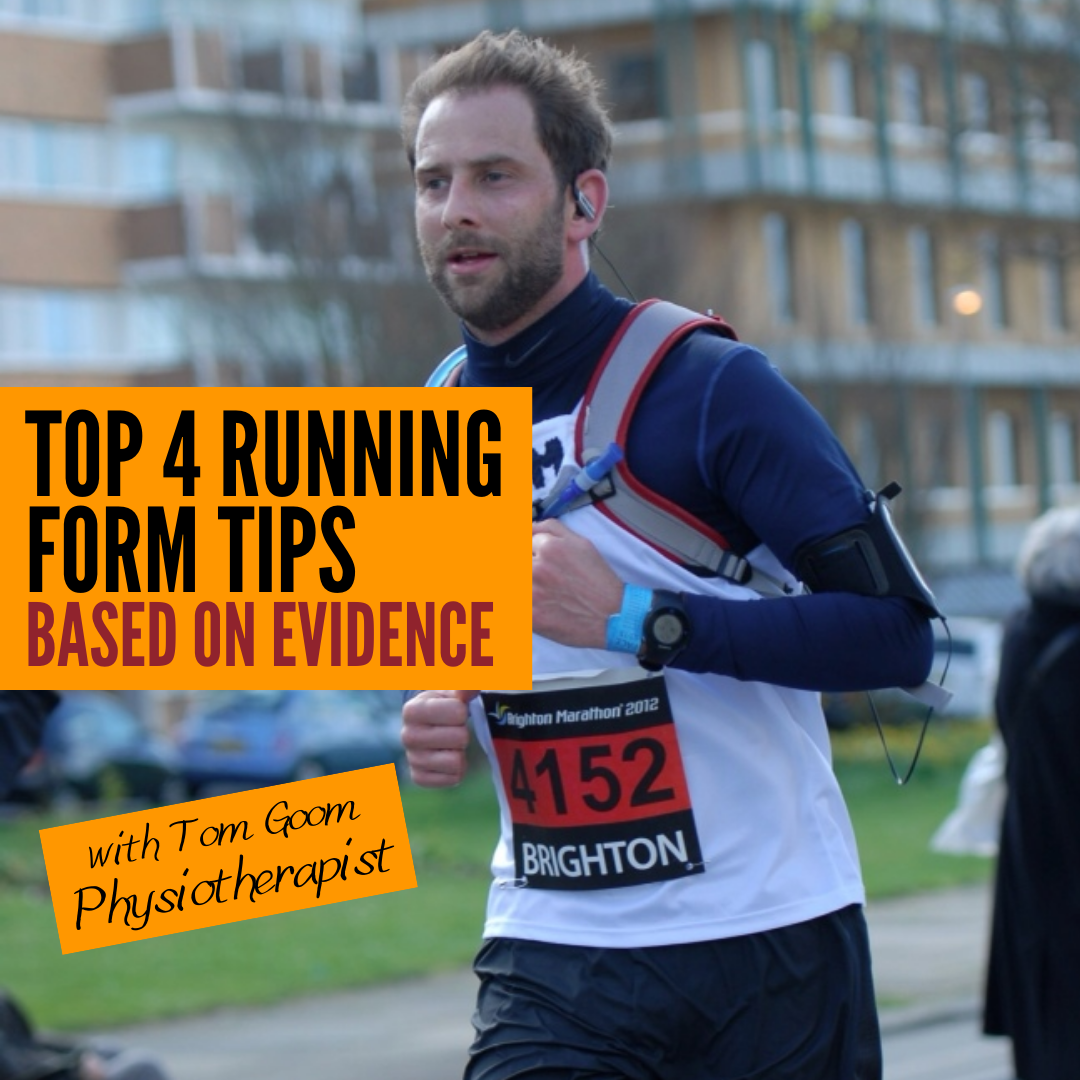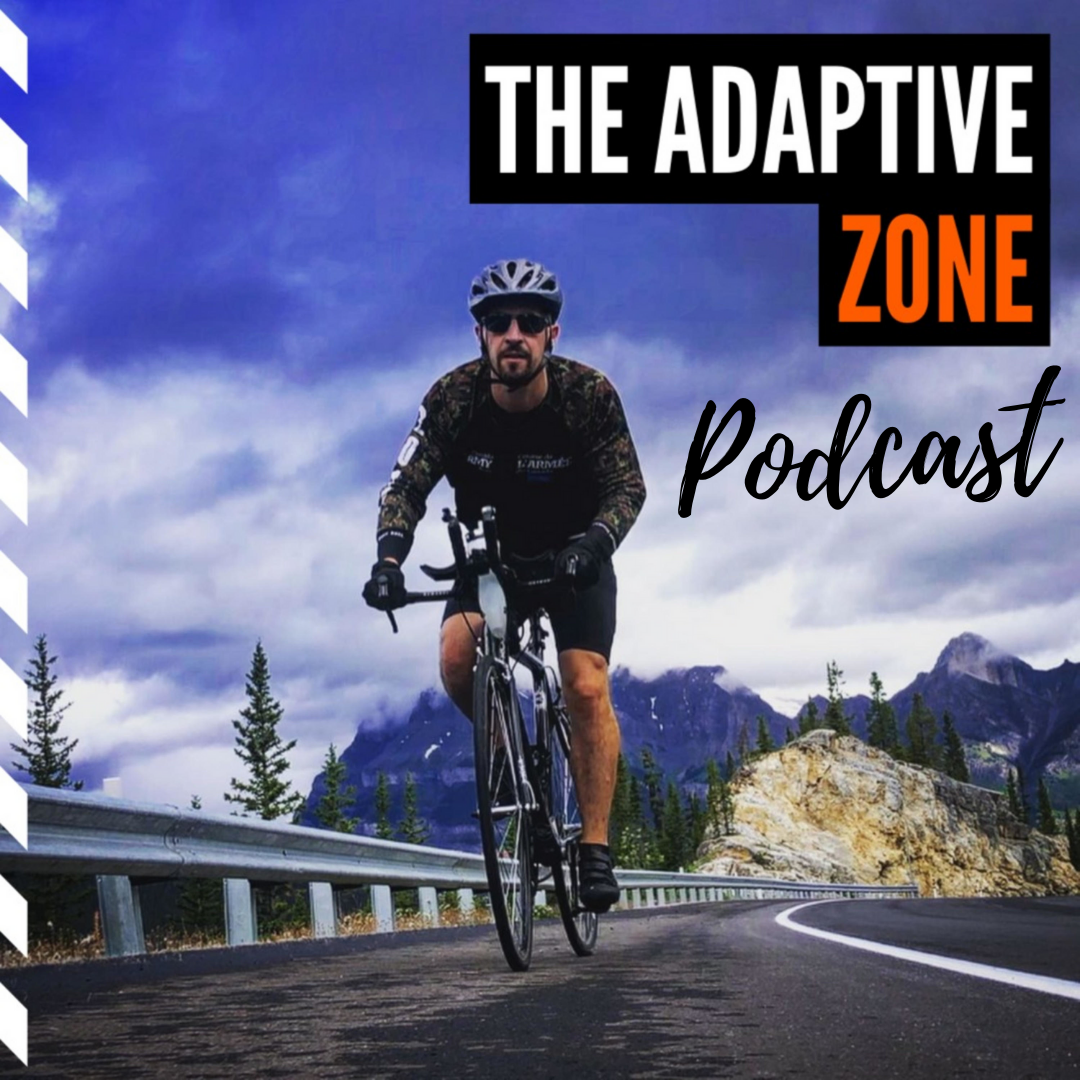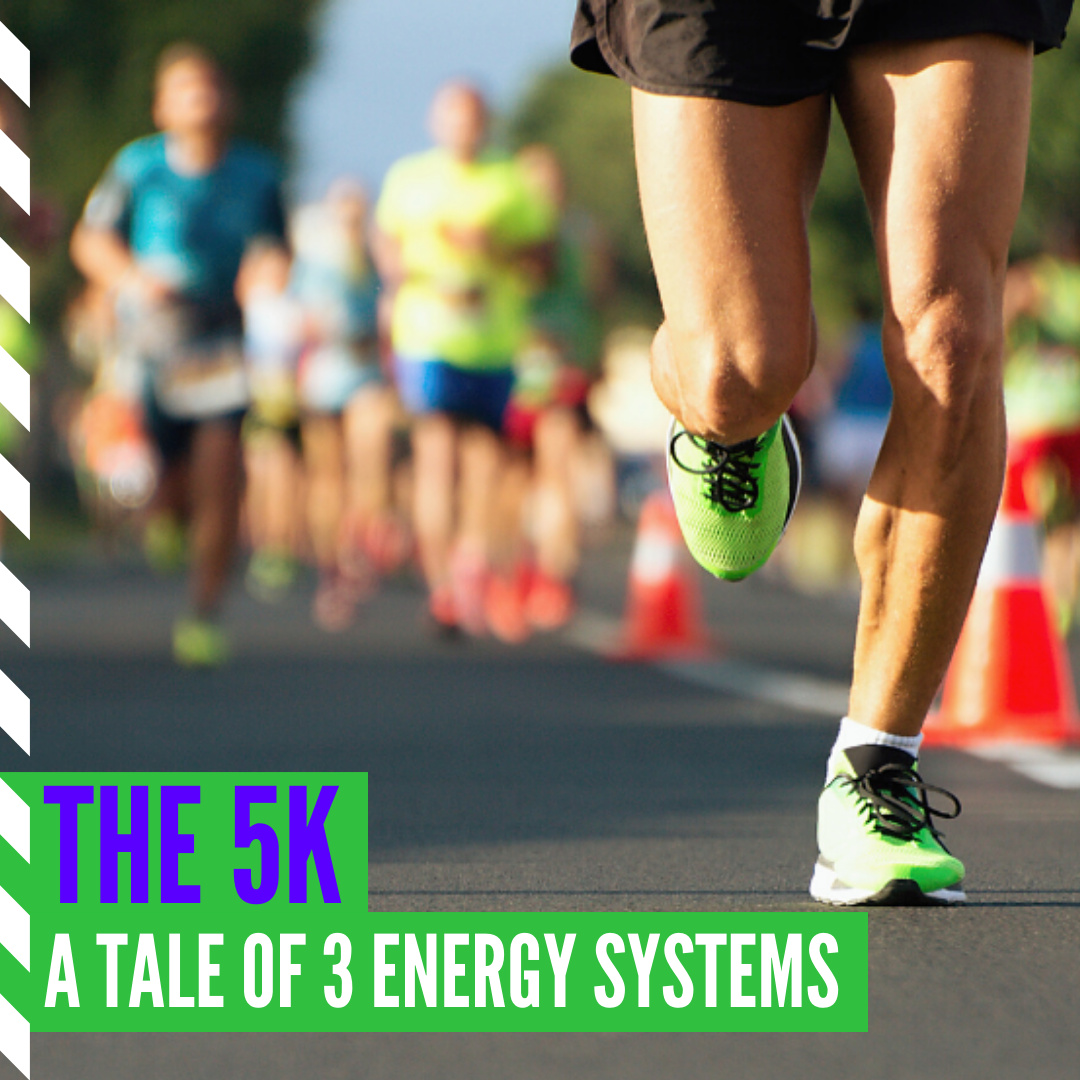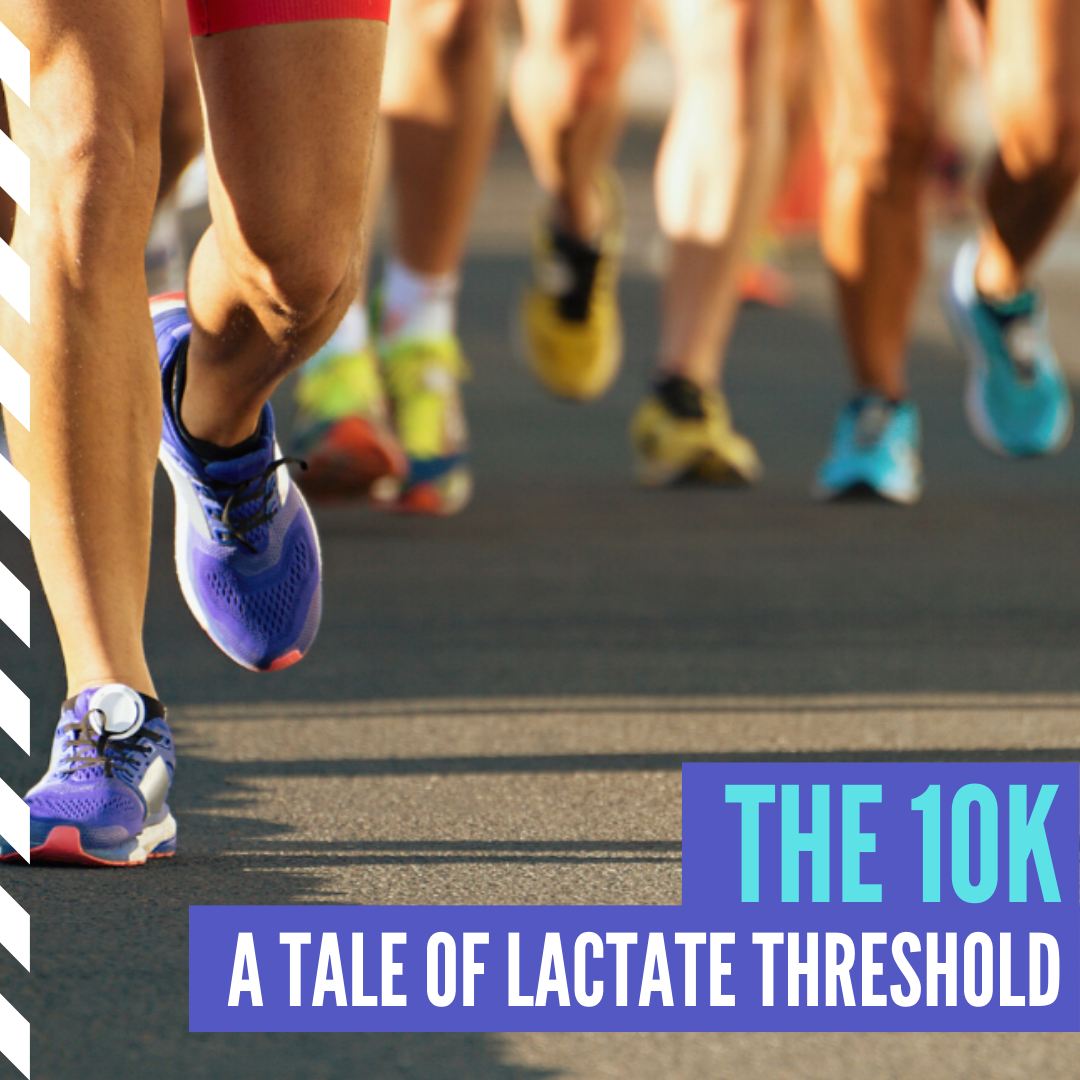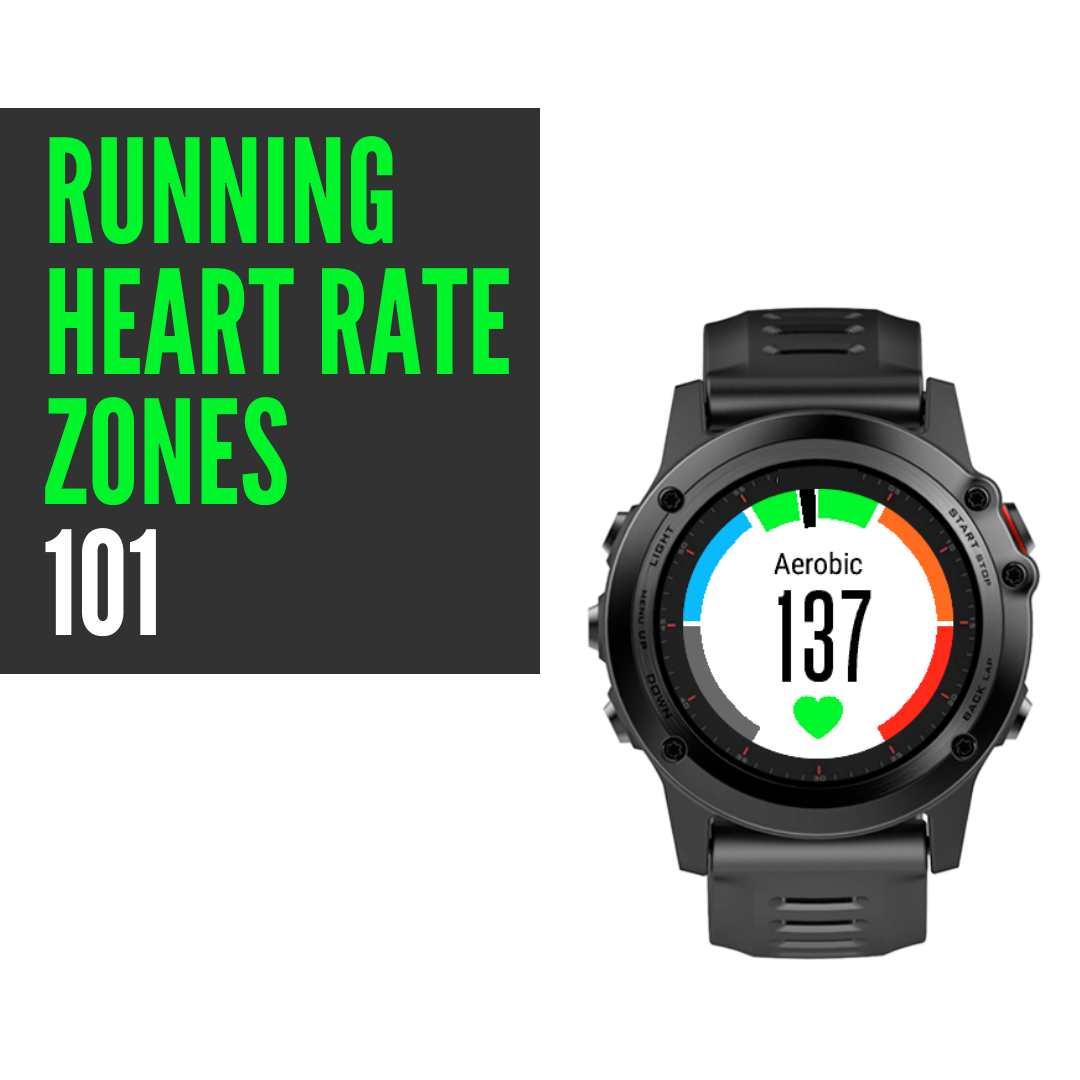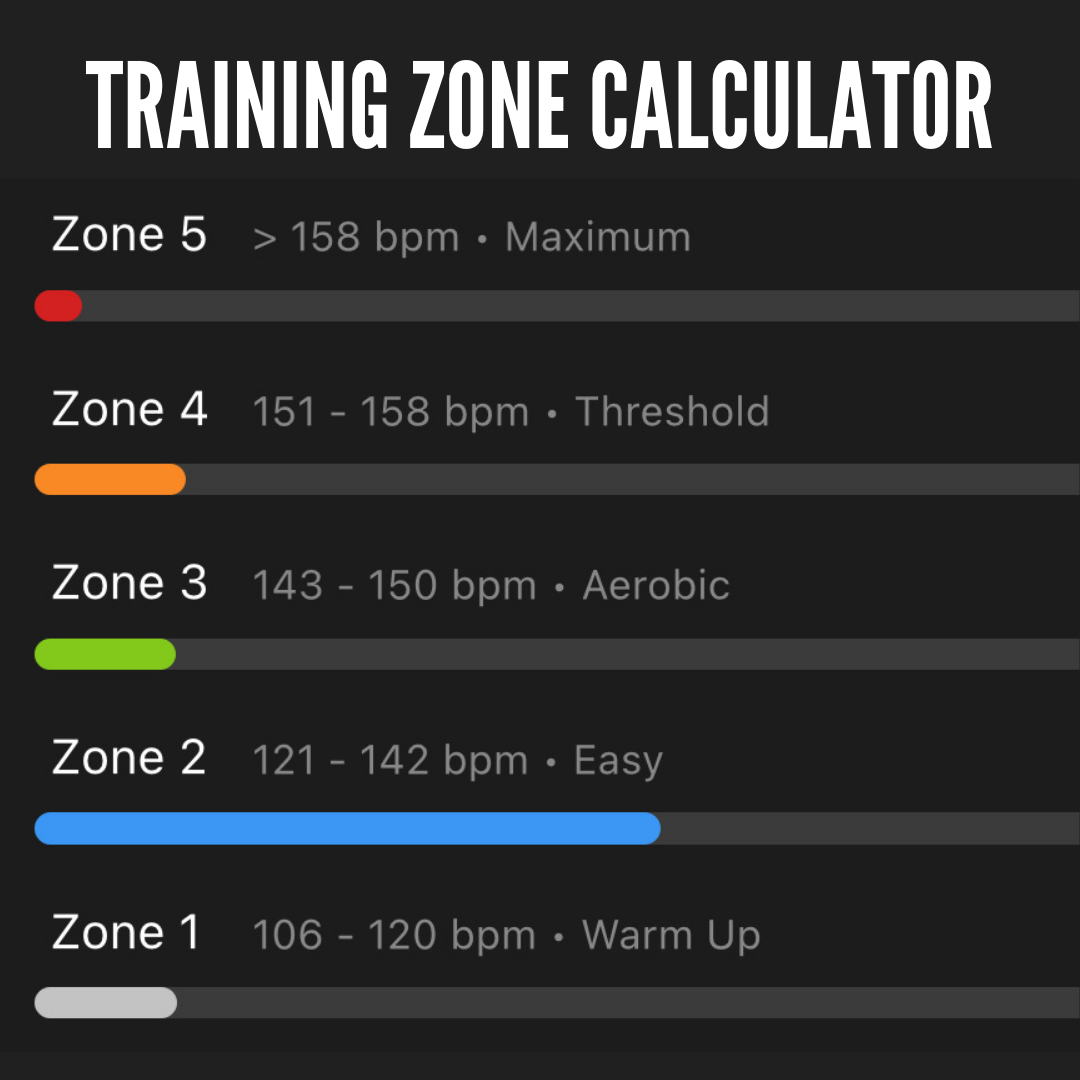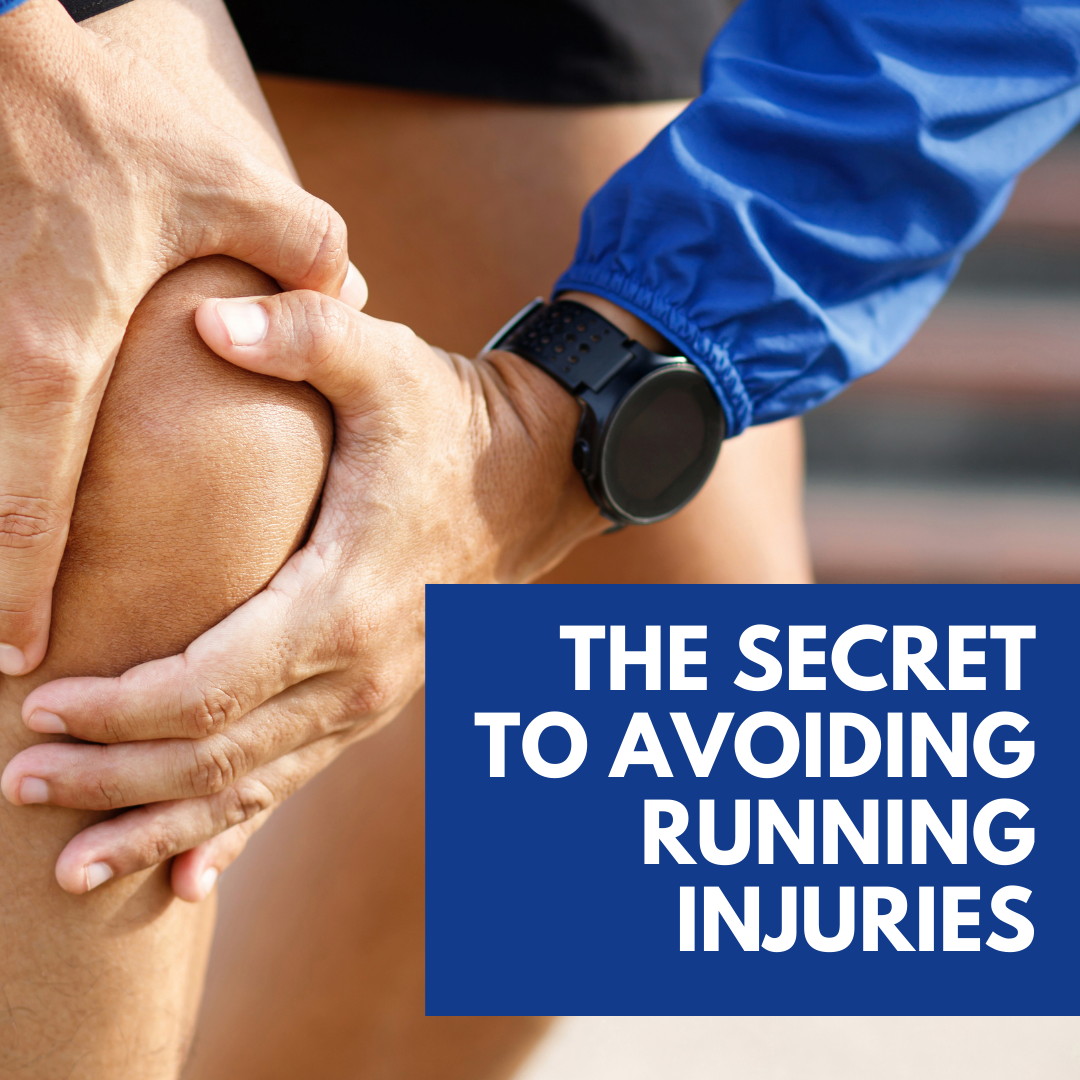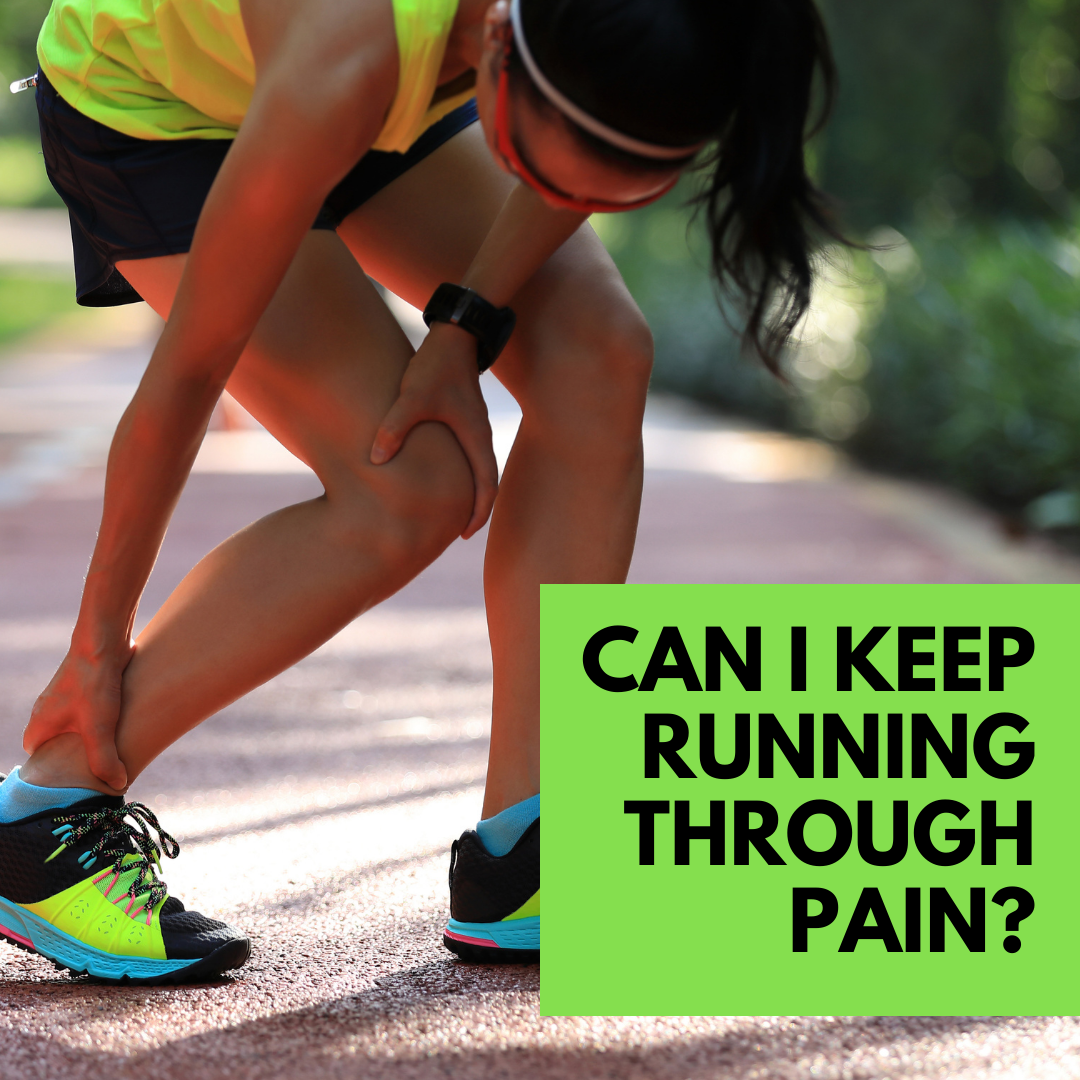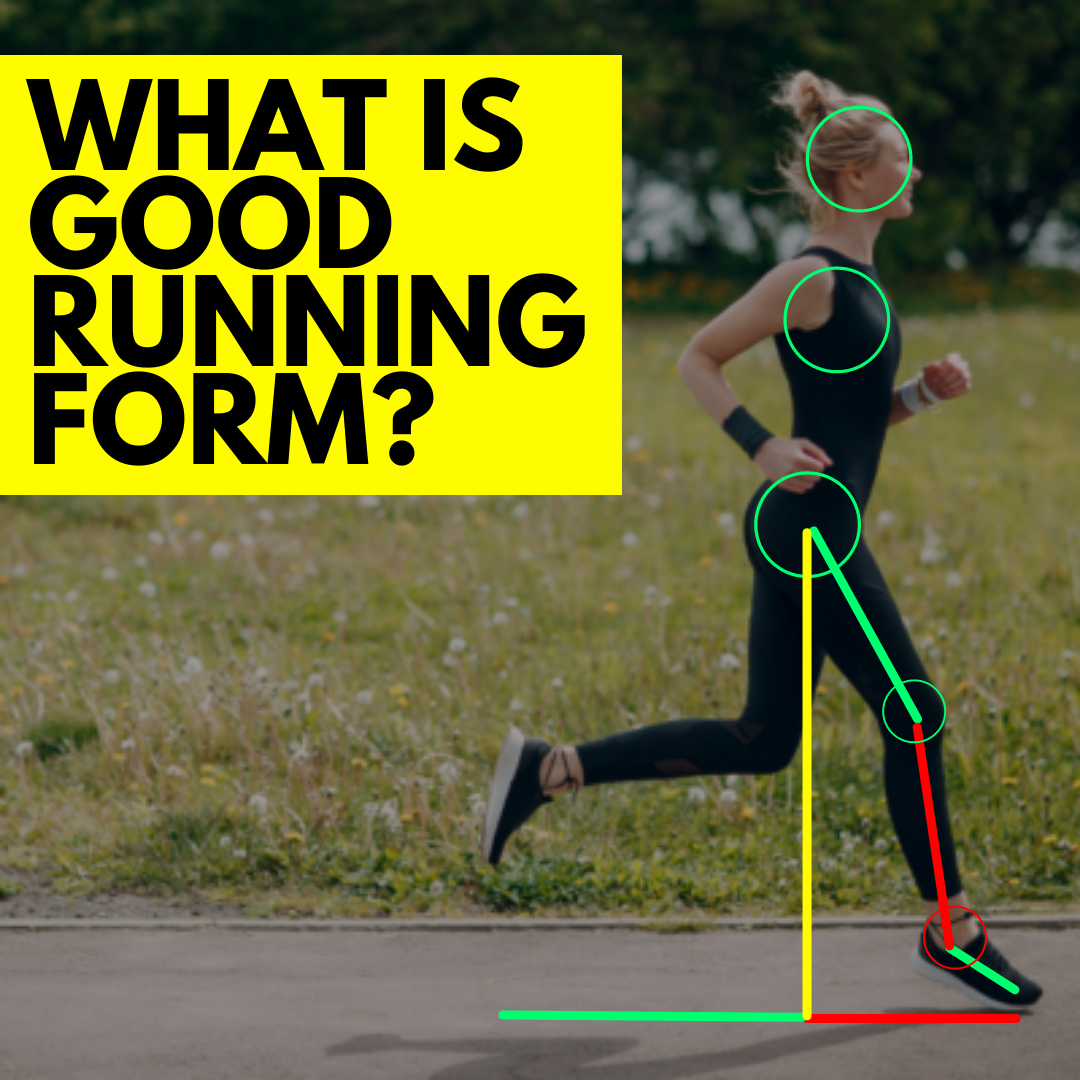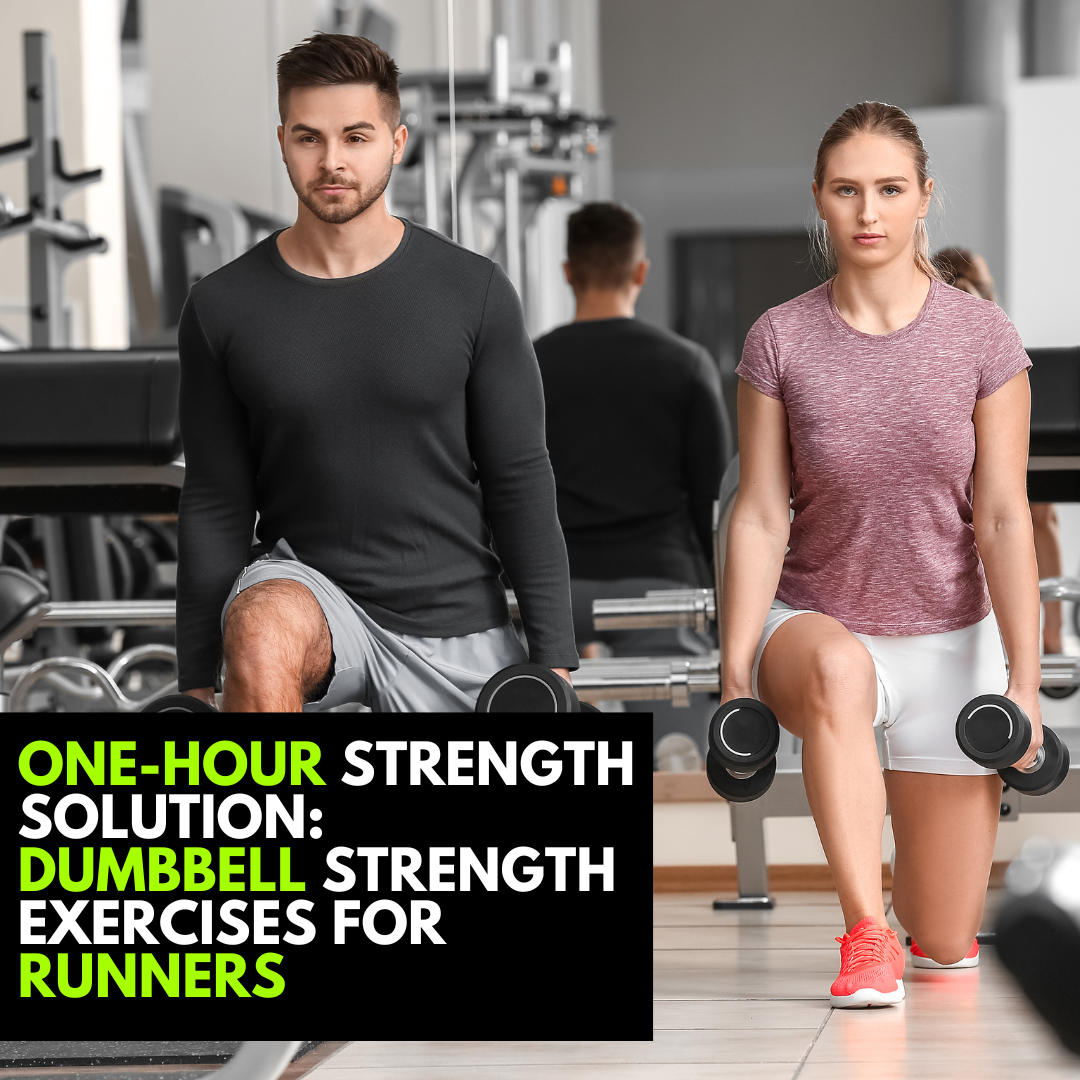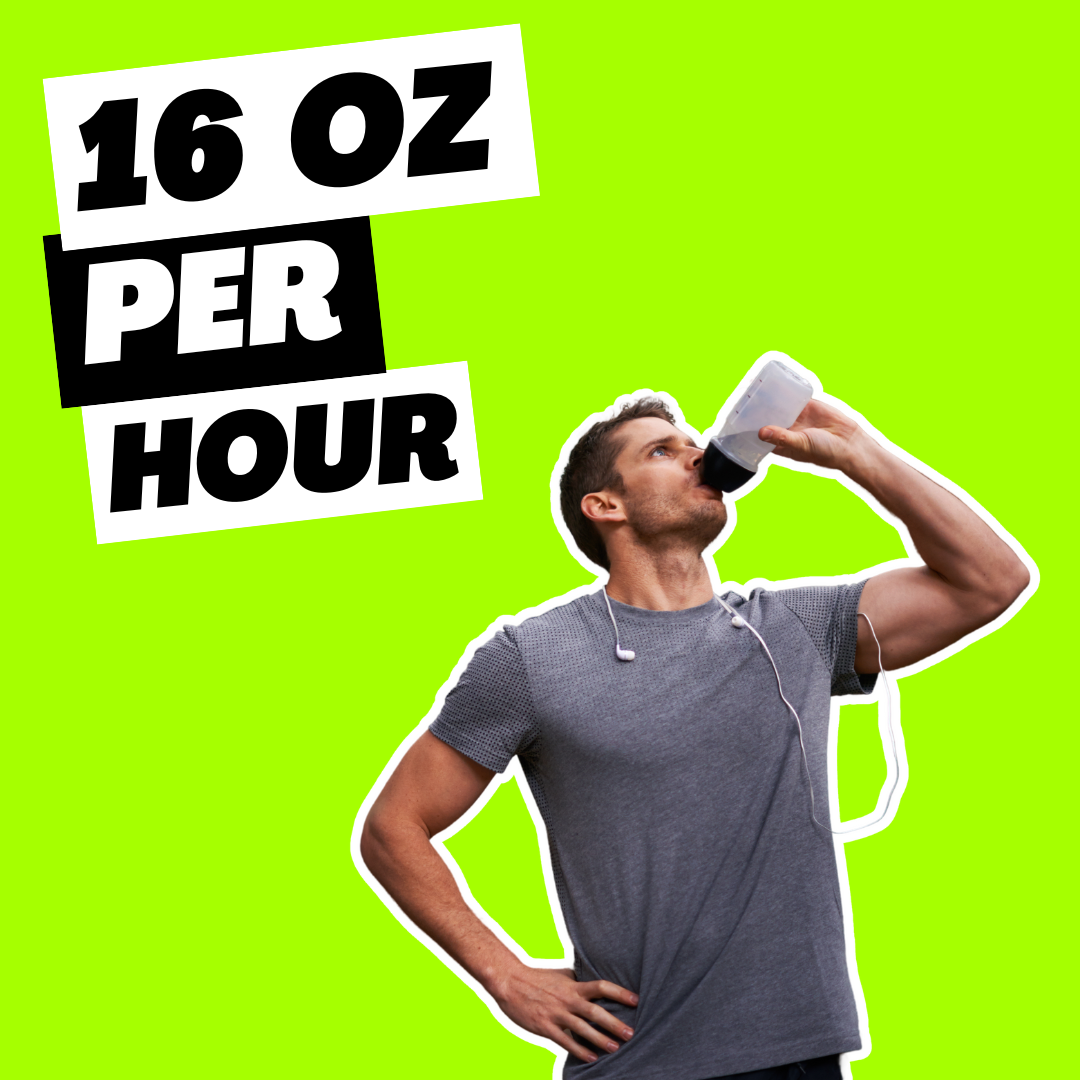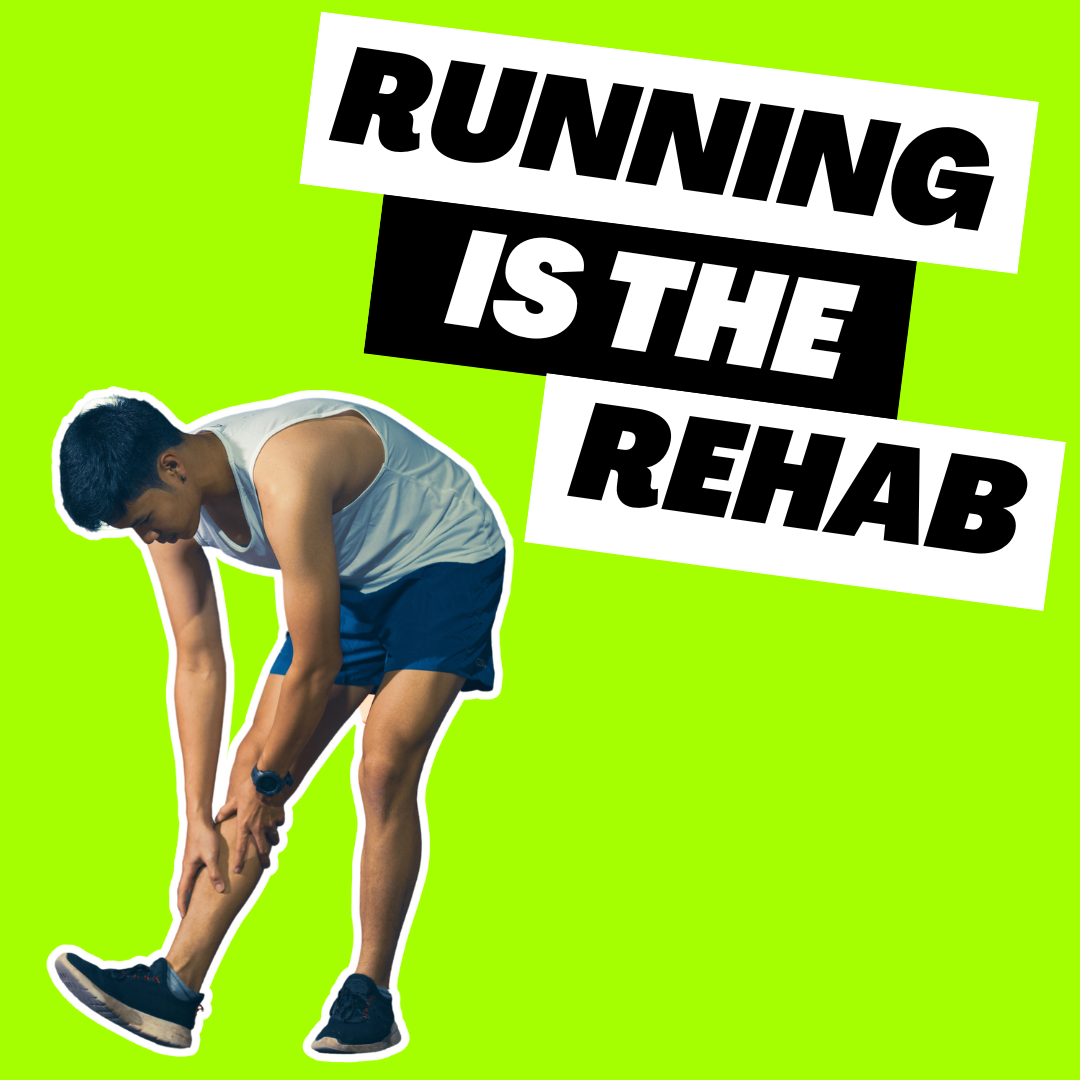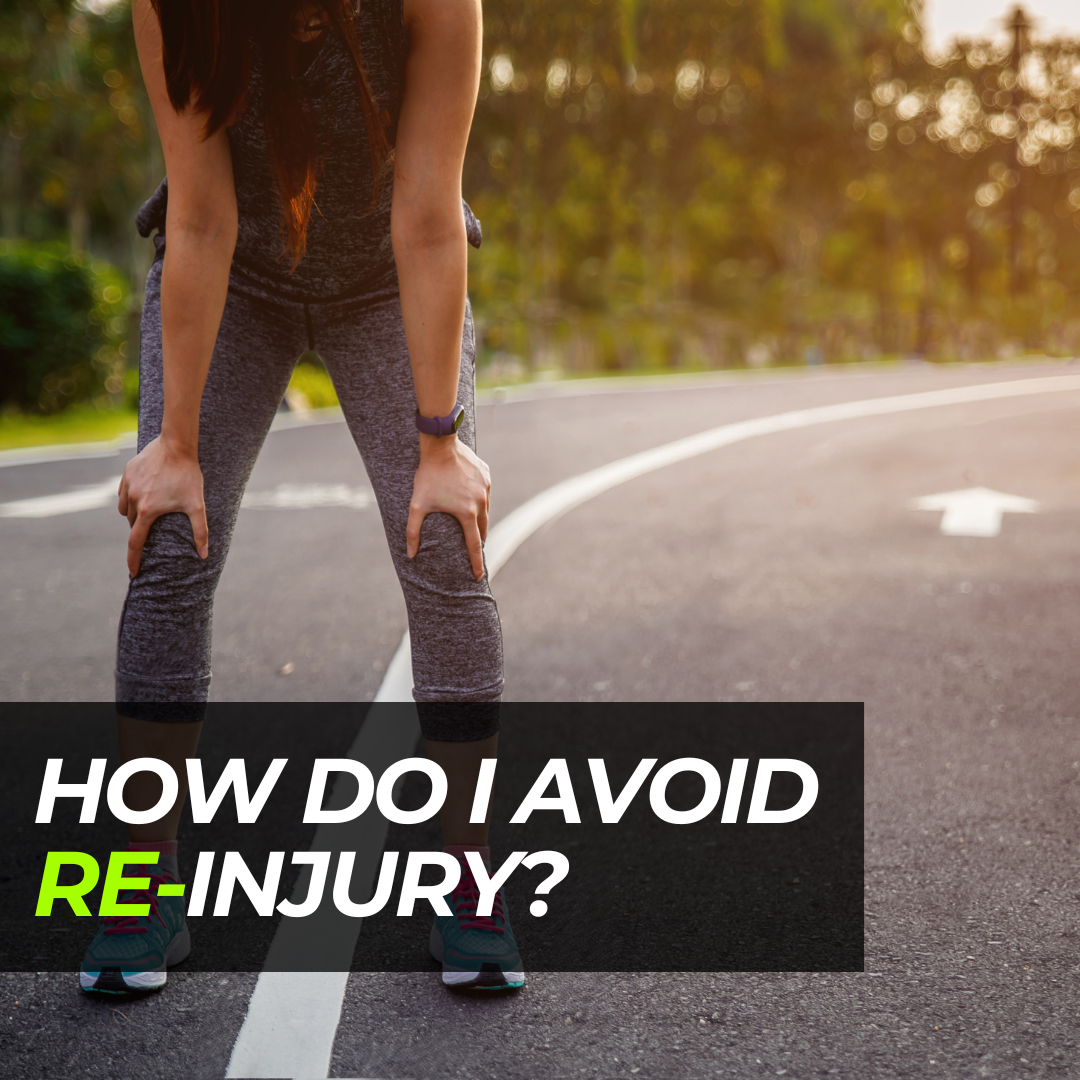The secret to running injury prevention and treatment is a lot more simple than we often think. When runners get injured they will often jump to blaming their shoes, technique, tight muscles, weak core, genetics etc. When trying to recover from injuries runners will often seek all sorts of treatment like cupping, acupuncture, yoga, stretching, core exercises etc.
Sometimes these things can be important and sometimes these treatments can be helpful. However, one thing is always important and always helpful when considering running injury prevention and treatment. Adaptation.
Subscribe to The Adaptive Zone Podcast…
Running Injury Prevention through Adaptation
Every tissue in the body is alive. Muscles, tendons, bones, cartilage, ligaments etc. Running places a mechanical load on these tissues. If we place too much load on a given tissue it will become painful and eventually, we will develop a running injury. However, if we place too little load on a tissue it will become weaker and less able to tolerate load in the future.
We want to place a load on the tissues of the body that is not too high and not too low. Too high gives injury, too low causes weakening. Just right causes strengthening. This strengthening of the body’s tissues is Adaptation. The body is adapting to the loads placed upon it. This is the secret to running injury prevention. It is also the secret to recovering from any injury.
Bonus Course Content
All of the body’s tissues will adapt. We are very familiar with this concept when it comes to muscles. If you go to the gym often and lift heavy weights, your muscles will get stronger. Said another way; if you go to the gym and load your muscles they will adapt and become stronger. However, all of the tissues in the body will adapt, not just muscles. Ligaments, tendons, bones, cartilage etc. All of these tissues are alive and respond to mechanical load.
The response of the tissue (muscle, tendon, ligament, bone, cartilage) will depend on how strong the tissue is in comparison to how large the load is. Let’s take the example of some cartilage on the back of the kneecap.

If the loads placed on the kneecap cartilage within a given week are too high it will become painful. If the loads placed on the cartilage are too low it will become weaker. However, if the loads placed on the kneecap are not too high and not too low the joint cartilage on the kneecap will adapt and become stronger. The loading needs to be just right, like Baby Bear’s Porridge.

We can see this on a beautiful graphic created by The Running Clinic below:
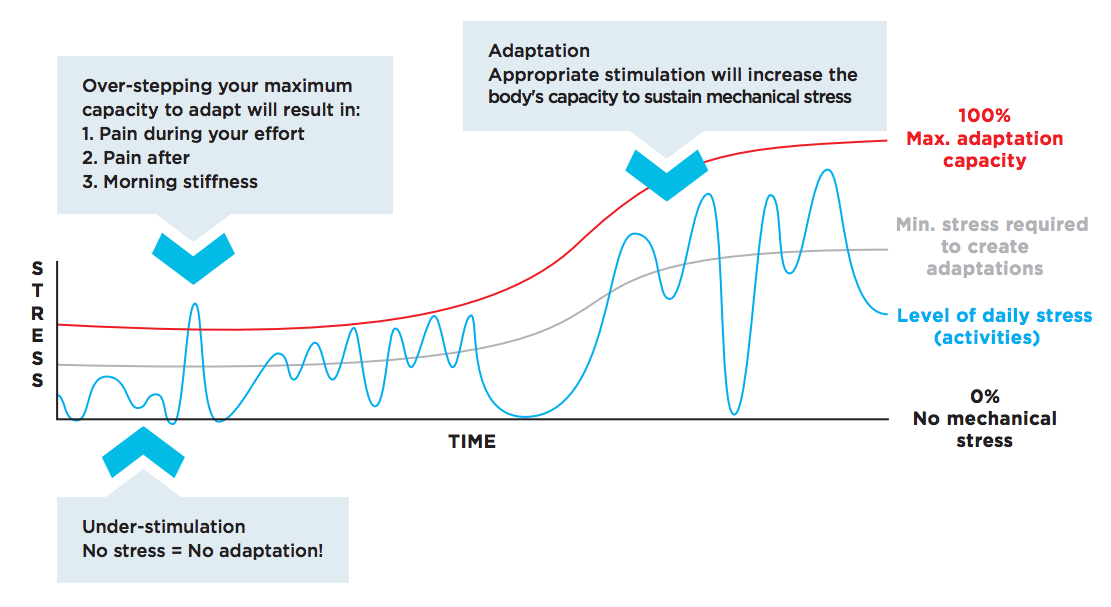
I recommend all runners download a copy of this pdf from The Running Clinic and stick it on their fridge!
Using Adaptation to treat Running Injuries
To help us understand the graphic we are going to take the example of a runner with knee pain that is coming from the cartilage on the back of the kneecap (also known as patellofemoral pain or runner’s knee). We are going to call this runner Dave.
Dave has a lazy couple of weeks over the holiday period and so he doesn’t run much. This level of activity is represented on the graph as the blue line.
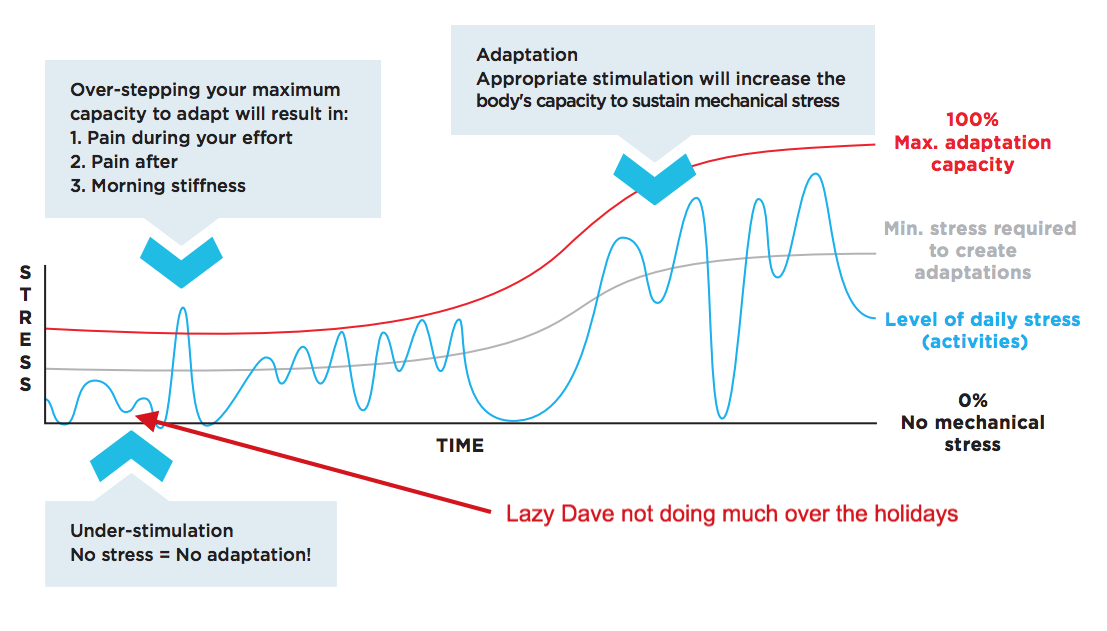
Since Dave is not running much he is not putting much load on the knee and so the cartilage on the back of the kneecap becomes weaker. The body is not going to waste energy making the knee stronger if it doesn’t have to. So, while Dave enjoys a few lazy weeks over the holidays his kneecap is getting weaker.
When New Year rolls around, Dave remembers that he has a marathon coming up in the spring. He needs to get back at it. He heads out for a 20k run and his knee starts to hurt. We can see this on the graph as the spike in the blue line.
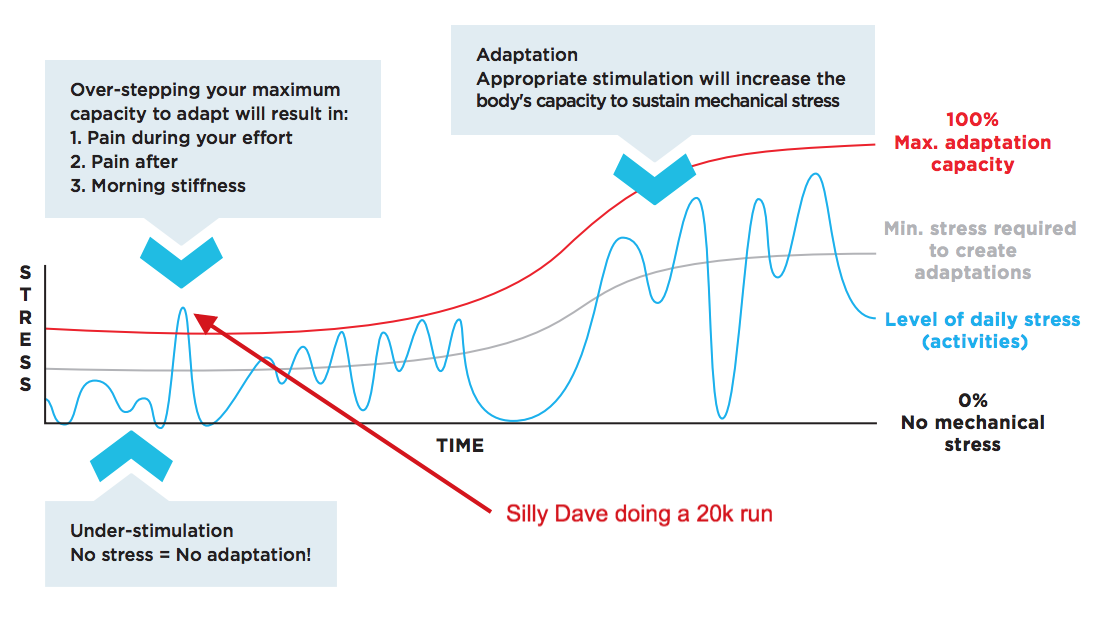
Dave’s knee started hurting because his 20k run placed more load on his kneecap than it was able to tolerate. He rests it for a few days and then heads in to see his physio. A handsome young gentleman named Mat.

Dave’s physio, Mat, asks a few questions and then makes the rather brilliant insight that perhaps the 20k run after 3 weeks of nothing was the reason the knee started hurting. Mat explains that Dave needs to load the kneecap not too much, and not too little. Since running is the primary way that Dave is loading his knee, he needs to get his running volume to fall between the red and grey lines on the graph.
Now, you might be wondering, how exactly is Dave going to know how to do that? Well, it’s rather simple actually. Let’s take a little break from Mat and Dave to discuss running through pain.
Can I just run through the pain?
This is one of the most common questions that injured runners ask me. As with most good questions, it requires a nuanced answer.
In order to decide if you can continue running if something is hurting, I like to use a pain traffic lights system. The idea here is that the injured area will let you know when it’s under too much stress. Former podcast guest, Tom Goom, aka The Running Physio, has drawn up a handy graphic to illustrate the concept.

Related Podcast
If you are running along and you feel a little pain that isn’t really bothering you, you can think of it as green-light pain. Green-light pain is like 0-3 on a 1-10 pain scale. Just like the traffic lights, green-light means keep going.
If you are experiencing strong to severe pain as you run, say 6-10 on the pain scale, you are placing too much stress on the injured area. In this case, just like the traffic lights, red-light pain means stop.
So what if the pain isn’t exactly just a tiny bit, but it’s not really severe either? Well, we call that orange-light pain. Orange-light pain hurts, but it’s not that bad. It’s not getting any worse and it’s uncomfortable but tolerable. When you stop the pain fades away within about 20 minutes and it doesn’t feel worse later that day or the following morning. Each time you run the pain is no worse. We’re talking a 4-5 on a pain scale.
Just like with the traffic lights, orange-light pain means proceed with caution. You probably aren’t going to run faster or further, but what you’re doing is okay. If you do the same run a few times and get orange-light pain each time, you can try adding a bit more onto your run.
I merged the ideas from the Running Clinic’s adaptation graphic and Tom’s pain traffic lights to help illustrate the point.
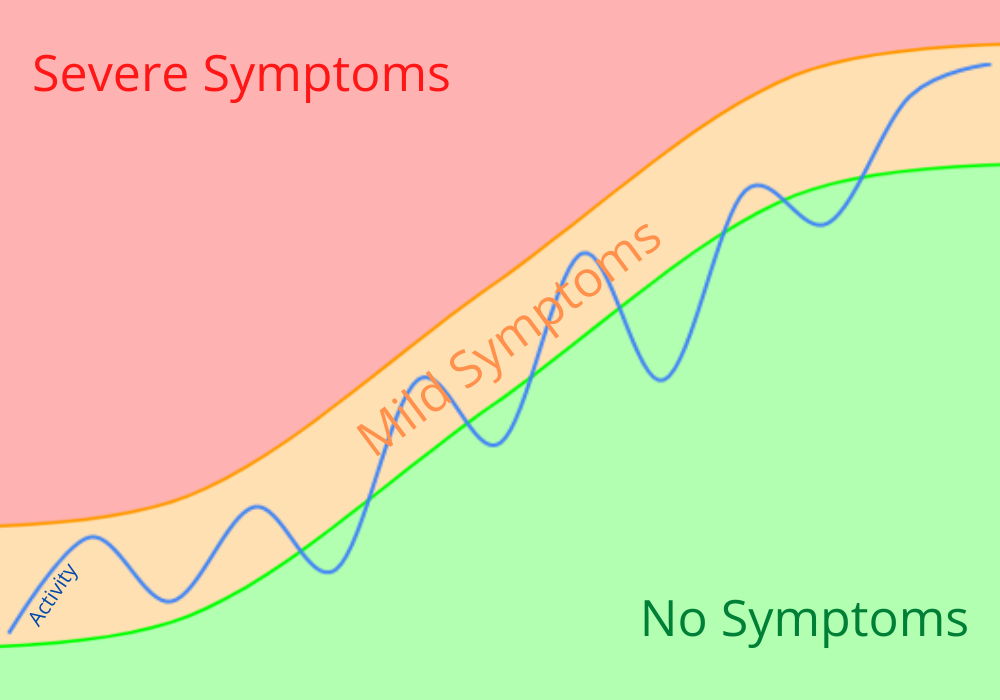
The idea is to nudge into orange-light pain on most runs.
So, let’s get back to our plucky protagonist, Dave, and his wise Physiotherapist.
Mat explains that Dave does not need to rest from running. In fact, complete rest from running would actually be counterproductive as it would just lead to further weakening of the kneecap. Instead, Dave needs to find the right amount of running to load his kneecap and get it to adapt and become stronger.
Over the next few weeks, Mat has Dave run four times a week and teaches him to listen to his knee. If his knee starts hurting Dave is allowed to continue as long as the pain is not getting worse during the run and does not feel more painful the following day (orange-light pain). In this way, Dave and his physio find The Adaptive Zone. The Adaptive Zone is not too much and not too little. It is the orange zone on my graphic.

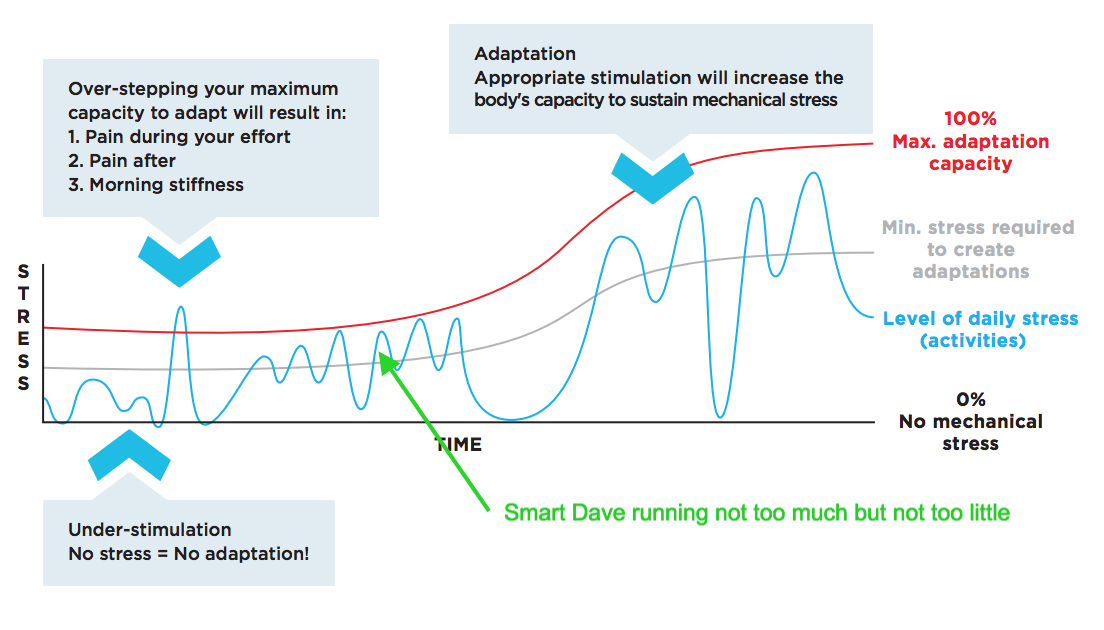
With repeated loading (running) within The Adaptive Zone, the kneecap adapts to the load placed upon it and becomes stronger and more resilient. The Adaptive Zone moves up as the knee cap can now tolerate more load than previously.
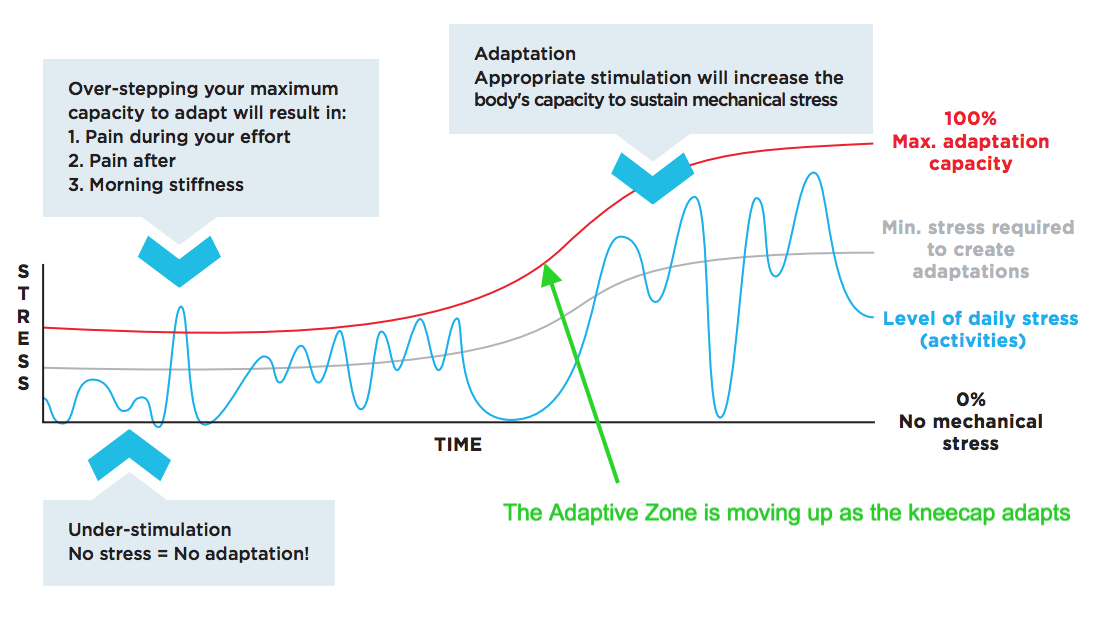
In fact, the kneecap can now tolerate loads that are higher than the load that originally caused the problem. After a few more weeks, Dave heads out for a 30k run and feels no knee pain at all!
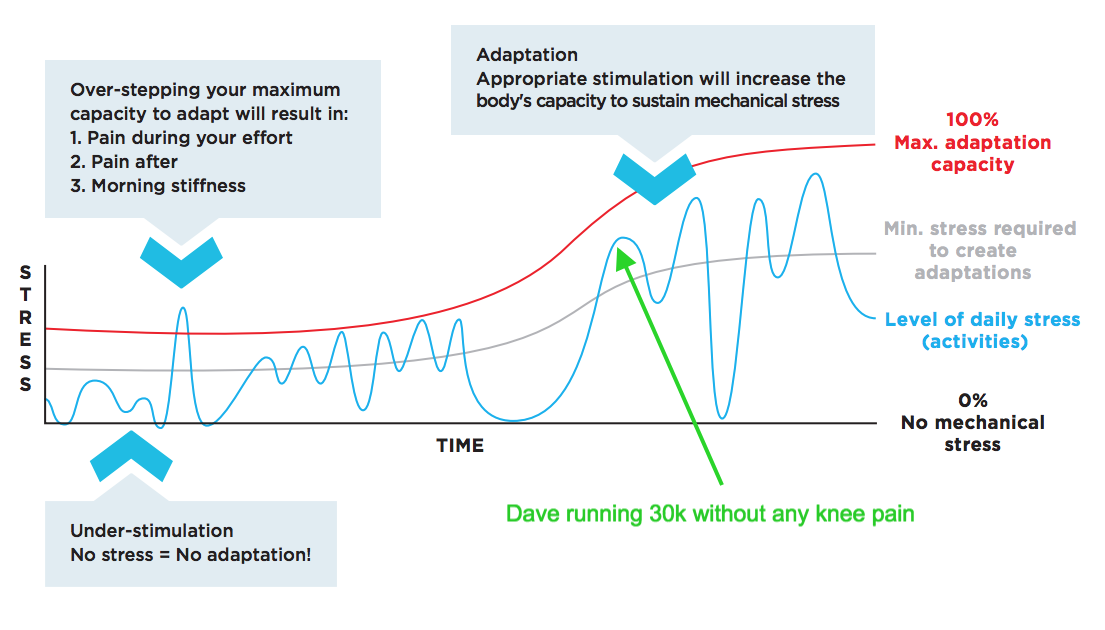
Thanks to Dave continuing to train within The Adaptive Zone for his kneecap he is able to run the marathon in the spring without any knee pain.
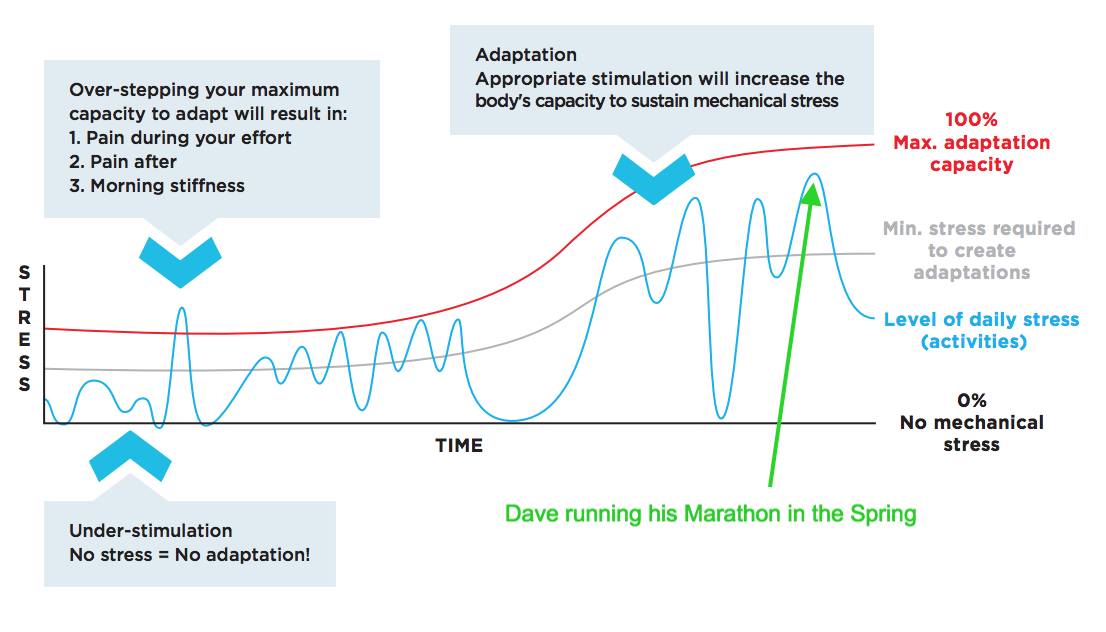
The guys from The Running Clinic produced this video to help further illustrate this concept.
In Conclusion
All of the tissues in the body are alive. This includes all of the muscles, tendons, ligaments, bones, joint surfaces, cartilage, connective tissues etc. When we do activities like running we load these tissues. All of these tissues will adapt to load if the load applied is not too much and not too little. Loading that is not too much or too little is loading within The Adaptive Zone.
When you regularly load your tissues within The Adaptive Zone they will become stronger and more resilient over time. In the future, you will be able to load them more. For runners, this means you can run more and more provided you keep your training load within The Adaptive Zone.
The secret to running injury prevention and treatment is to always keep your loading within The Adaptive Zone.
I’m so convinced that this is the most important concept for runners to understand that I decided to name my podcast The Adaptive Zone. Click below to find it in your favourite podcast app.

The Running Fundamentals Course is a free online course to help runners understand the foundations of running performance.
Enter your name and email and I’ll send you one module each week.
